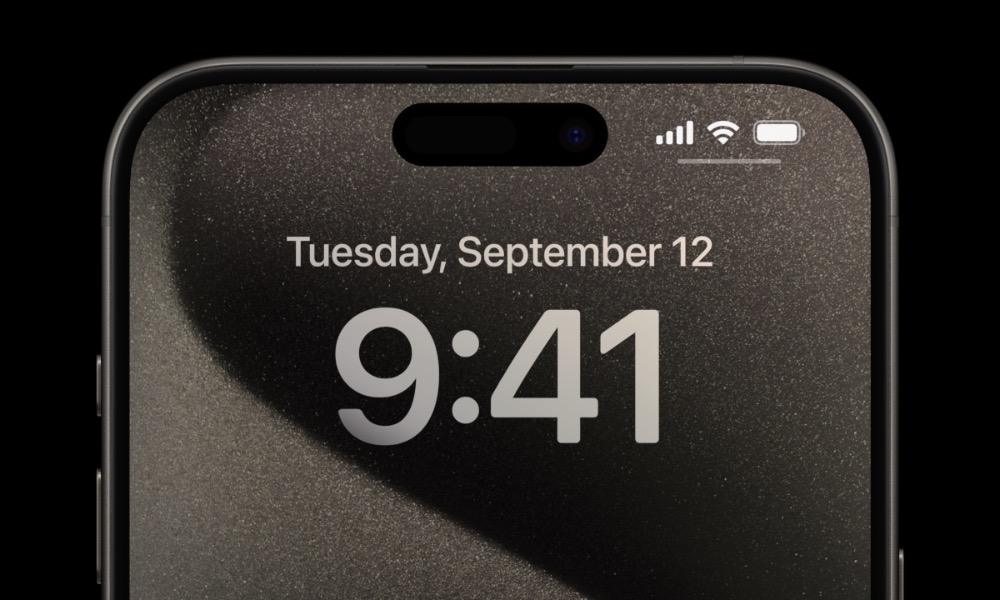You Don’t Really Need a 30W Adapter for your iPhone 15 Pro Max

Toggle Dark Mode
Every year, when a new set of iPhones arrives, tech enthusiasts engage in an inevitable round of comparing many of the finer details of the technical specifications. Some of these, like durability and battery life, are relevant and important to many new iPhone owners, while others, such as USB-C transfer speeds and charging speeds, are a bit more esoteric.
After all, while there are certainly those who can benefit from faster USB-C transfers, most iPhone 15 Pro users aren’t shooting massive ProRAW and ProRes video files that they need to speedily offload to their MacBooks. In an era of services like iCloud and Apple Music, many iPhone users never plug their iPhones into their computers to transfer data at all.
The same can be said for charging. Wireless charging and MagSafe have created a world where it’s more convenient to drop your iPhone on a charging mat or stand throughout the day than fumble with cables. While no wireless charging solution available today can match the speeds of wired charging, getting the fastest possible charging isn’t something many iPhone users typically care about.
In fact, slower charging is much better for your iPhone’s battery longevity, as it generates less heat and avoids putting additional stress on the battery. Even though faster charging has been available since the 2014 iPhone 6, there was a method to Apple’s seeming madness in packing in only 5W USB power bricks with its iPhones over the years. Apple wasn’t merely being cheap — a 5W charger is more than enough to top an iPhone up overnight, and those lower power levels are much better for its battery.
Nevertheless, there’s a time and a place for fast charging. If you’re an iPhone power user and you’re in a hurry, every minute counts, so you’d naturally assume having the most powerful adapter that your iPhone can handle is a good thing.
That’s technically true, but there’s also the law of diminishing returns to be mindful of. Unlike its Android rivals, Apple doesn’t go into details on the amount of power that its iPhones can draw, nor even the specific milliamp-hour capacities of the batteries inside them. Apple specifies battery life in more practical terms of how many hours of video and audio playback you can expect, and the only thing it says about charging is that you’ll get a 30-minute charge to 50% with a 20W power adapter. For Apple, that’s ideally the one they’ll sell you, but any USB-C Power Delivery (USB-PD) compliant power adapter will get the job done, which includes every reputable USB-C power brick on the market.
However, two years ago, tech analysts discovered that the iPhone 13 Pro actually supported up to 27-watt charging, a spec that has continued through the two subsequent 6.7-inch iPhone Pro models to this year’s iPhone 15 Pro Max. This higher power draw is exclusive to the largest Pro iPhone, a need likely driven by its larger battery.
This naturally leads most of us who own a recent iPhone Pro Max to believe we should use at least a 27W charger to get the fastest possible charging speeds. However, it turns out that the difference between the 20W adapter that Apple recommends and using Apple’s 30W MacBook adapter isn’t as significant as we may have thought.
According to a new series of tests undertaken by YouTuber Brandon Butch and shared by the folks at 9to5Mac, upgrading to a 30-watt USB-C power adapter will only save you about ten minutes in the total time it takes to charge your iPhone 15 Pro Max.
While ten minutes may sound like a lot, it’s really not that significant, considering it still takes over two hours to fully charge an iPhone 15 Pro Max with either adapter. Butch’s tests showed an iPhone 15 Pro Max took 2 hours and 21 minutes to charge up from a 20W adapter, while the 30W adapter only cut that down to 2 hours and 11 minutes. Further, as 9to5Mac’s Zac Hall points out, the two phones remained within 4% of each other throughout the charging process.
In all fairness, if you already have a 30-watt USB-C power adapter — say, the one that came with your MacBook — there’s no significant harm in using it. The higher power will age your battery slightly faster, but the differences here are pretty insignificant at these higher power levels. If you care about preserving your battery longevity, you should avoid fast charging as much as possible; stick with 5-10W USB-A adapters or Qi wireless chargers except when you really need a quick top-up.
You can also use an even more powerful USB-C adapter to charge your iPhone without any problems. Power is pulled by the iPhone, not pushed by the adapter, so even if you’re using Apple’s 140W USB-C adapter for the 16-inch MacBook Pro, the iPhone 15 Pro Max will still only draw 27 watts of power, and anything the adapter is capable of above that won’t have any adverse effects on your battery at all.
However, as these tests show, there’s little reason to spend more money on a 30W+ adapter or worry too much about packing a bulkier power brick when traveling. A 20-watt adapter will still get your iPhone 15 Pro Max from dead up to a 50% charge in 30 minutes, which should be enough to get you through the rest of a typical day of use unless you’re doing some serious gaming or a lot of video recording, in which case you’d be better off considering an external battery pack anyway.








